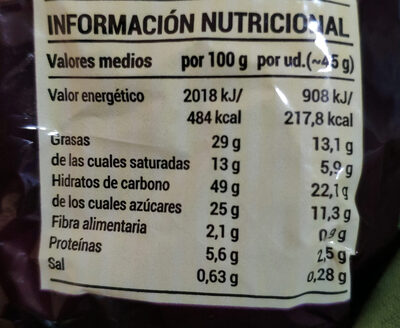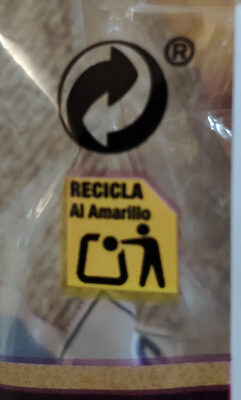Croissants rellenos - Consum - 360g
Aquesta pàgina del producte no està completa. Podeu ajudar a completar-la editant-la i afegint-hi més dades a partir de les fotos ja disponibles, o fent-ne més amb l'aplicació de androide o iPhone / iPad. Gràcies!
×
Codi de barres: 8414807513137 (EAN / EAN-13)
Nom comú: Croissants rellenos de crema de cacao y avellanas
Quantitat: 360g
Empaquetament:
en:Green dot
Marques: Consum
Categories: Snacks, Aperitius dolços, en:Sweet pastries and pies, Brioixeria, en:Filled croissants, en:Croissant filled with chocolate
Etiquetes, certificacions, premis:
Punt verd
Botigues: Consum
Països on es va vendre: Espanya
Matching with your preferences
Report a problem
Fonts de dades
Producte afegit per kiliweb
Última modificació de la pàgina del producte per alia.
La pàgina del producte, també editada per autorotate-bot, elcoco, halal-app-chakib, moon-rabbit, musarana, openfoodfacts-contributors, teolemon, yuka.YXBnYUZyUWd0dHNsbFBJWHppM24vdFJ1eXE2SlZsS0xEdXdlSVE9PQ.












